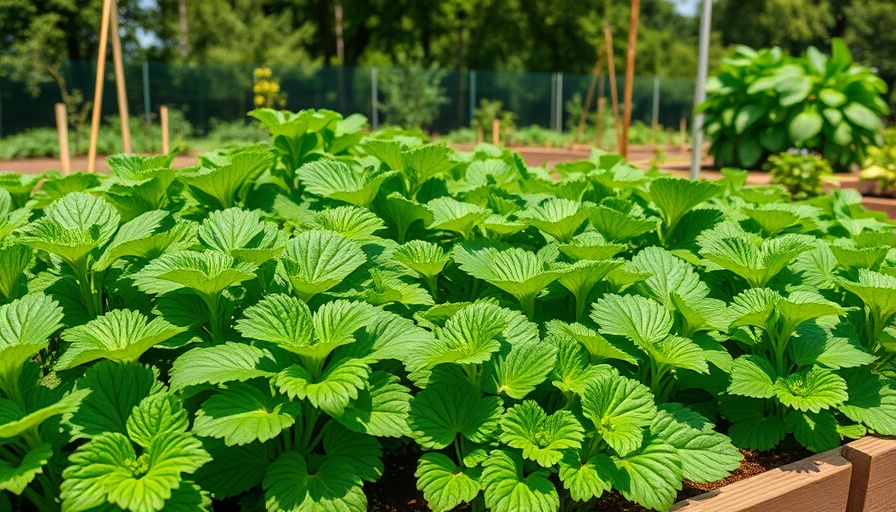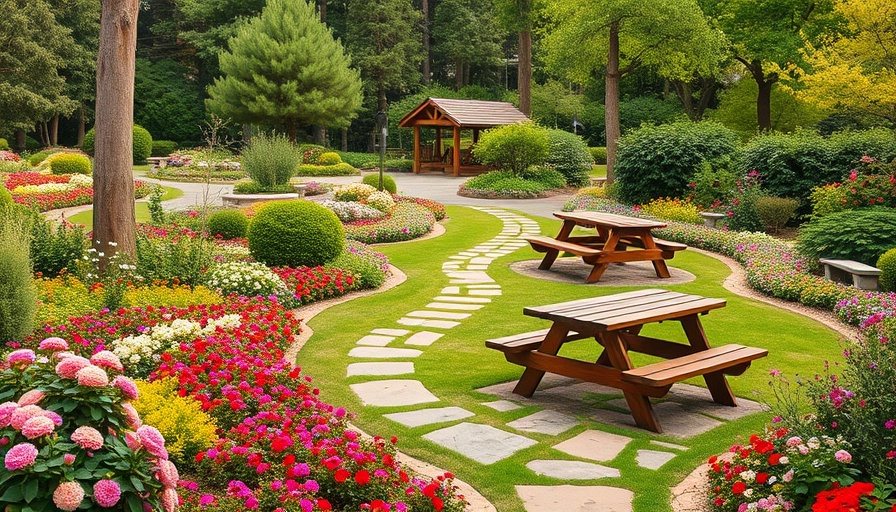
Understanding the Struggles of Raised Bed Vegetables
Raised bed gardening is an incredibly popular method among California homeowners, particularly for those in urban and suburban areas looking to optimize space and soil quality. However, encountering challenges with plant growth can be frustrating. By identifying the common reasons your raised bed vegetables are struggling, you can improve your gardening practices and enjoy a bountiful harvest.
Diagnosing Poor Soil Quality
One of the primary factors affecting the success of your raised bed garden is the quality of the soil. Poor soil conditions can lead to stunted growth and low yields. Using top-quality garden soil, enriched with the right fertilizers, will give your plants the essential nutrients they need to flourish. Spencer Campbell from The Morton Arboretum emphasizes that vegetables, being annual plants, require optimal conditions for their growth cycle within a single season.
The Importance of Soil Depth
Your raised bed vegetables might be struggling due to insufficient soil depth. Most vegetables thrive with a soil depth of eight to twelve inches, but root vegetables like carrots require even deeper soil, around twelve to eighteen inches. Without adequate depth, roots cannot develop properly, leading to poor plant development. Consider adding more soil to increase depth for healthier growth.
Drainage: The Silent Killer
Proper drainage is crucial for any garden but becomes even more vital in raised beds where overcrowding can cause water accumulation. Plants need oxygen at their roots, and excess water can suffocate them. Ensure your raised beds have proper drainage holes and consider mixing in compost or a well-draining soil blend to prevent moisture buildup and keep the roots happy.
Why Sunlight Matters
Lack of sunlight may be another reason your raised bed vegetables are struggling. Vegetables generally need at least six hours of direct sunlight a day to thrive. If your garden is not positioned in a sunny spot, then consider relocating your beds to areas that receive ample sunlight, or strategically prune overhanging branches from nearby trees. Planning your garden layout in winter can also help with sun exposure issues in the growing season.
Avoiding Overcrowding
In a raised bed, every plant competes for limited resources—nutrients, sunlight, and water. Overcrowded plantings not only stunt growth but also create a perfect environment for pests and diseases. To achieve optimal results, ensure that your plants are spaced appropriately. This allows for adequate airflow, reducing the likelihood of mold and rot, and making it easier to spot issues before they escalate.
The Importance of Crop Rotation
Planting the same crops in the same location year after year can lead to soil depletion and increased vulnerability to pests and diseases targeted at specific plants. By rotating your crops, you can enhance soil fertility and disrupt pest cycles, promoting healthier plant growth. Consider creating a crop rotation schedule to improve your raised bed garden's productivity.
Future Trends in Urban Gardening
As gardening continues to grow in popularity among California homeowners, we see an increase in community gardening initiatives and urban permaculture practices. These movements encourage collaboration among neighbors, allowing for shared knowledge and resources which can lead to better outcomes. Understanding and combating issues like those discussed above could empower many gardeners, creating a ripple effect of positive impact on local environments.
Taking Action for Healthier Vegetables
Addressing these common issues can lead to significant improvements in your vegetable harvest. By investing time and resources into understanding the needs of your raised beds, you're setting your garden up for long-term success. Whether it's enriching your soil, ensuring proper drainage, or respecting the natural ecosystem of your garden, every little change can contribute to a fruitful gardening experience.
As communities come together to tackle food insecurity and promote local produce, every successful raised bed contributes to a healthier, more sustainable environment. The time is now to take charge of your garden – make the changes that could lead to a lush, thriving space.
 Add Row
Add Row  Add
Add 




Write A Comment